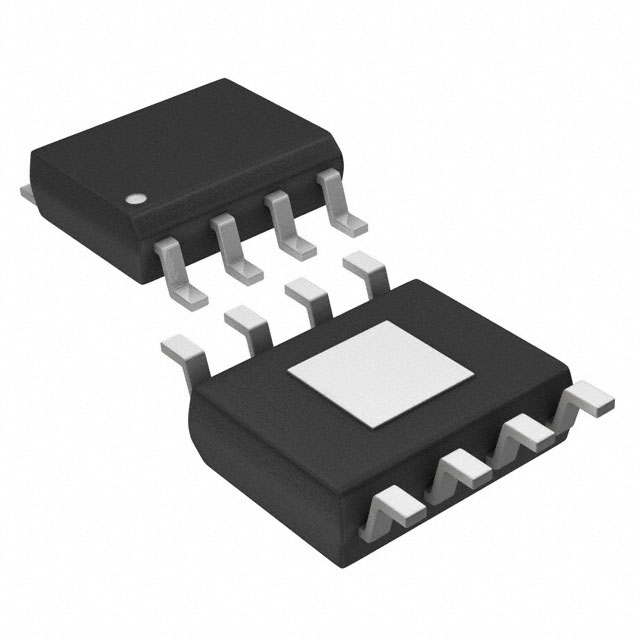Integrated circuits (ICs) are essential components in the world of modern electronics. These tiny chips play a crucial role in the functioning of various electronic devices, from consumer gadgets to complex computer systems. In this blog, we will delve into the world of integrated circuits and explore their importance, applications, and the role of op amp circuits within them.
Firstly, let's understand what integrated circuits are. An integrated circuit is a miniature electronic circuit that is made up of semiconductor devices such as transistors, diodes, and resistors. These components are fabricated onto a small piece of semiconductor material, typically silicon. The fabrication process involves the deposition of various layers of materials and the etching of intricate patterns to create the desired circuitry. The result is a compact and highly efficient electronic component that can perform a wide range of functions.
One of the most prominent applications of integrated circuits is in the realm of computers. Integrated circuit computers, also known as microprocessors, are the brains behind modern computing systems. These ICs are capable of processing and executing millions of instructions per second, enabling the seamless functioning of computers, smartphones, and other digital devices.
Apart from microprocessors, there are various other types of integrated circuits, including linear integrated circuits and op amp circuits. Linear integrated circuits are designed to process and manipulate analog signals, making them crucial in applications such as audio amplification, signal conditioning, and sensor interfacing. On the other hand, op amp circuits, which use operational amplifiers, are widely used in electronic signal processing and control systems. These circuits are known for their high gain, high input impedance, and versatile applications in amplification, filtering, and mathematical operations.
The versatility and compactness of integrated circuits make them indispensable in today's technology-driven world. These tiny chips have revolutionized industries such as telecommunications, healthcare, automotive, and aerospace, enabling the development of advanced systems and products that were once deemed impossible.

Now, let's focus on the significance of op amp circuits within integrated circuits. Op amps are key building blocks in many electronic systems, providing the foundation for a wide range of signal processing and control functions. These circuits can amplify signals, perform mathematical operations, and act as active filters, making them highly versatile in various applications.
One common application of op amp circuits is in audio amplifiers. These circuits can be used to boost the amplitude of audio signals, allowing for clear and powerful sound reproduction in devices such as amplifiers, speakers, and headphones. Additionally, op amp circuits are utilized in active filters to manipulate the frequency content of signals, enabling the removal of unwanted noise or the extraction of specific frequency components.
In control systems, op amp circuits play a crucial role in regulating and processing signals to achieve desired outcomes. These circuits can be used to implement feedback control loops, signal conditioning, and precision voltage regulation, making them essential in applications such as motor control, power supplies, and instrumentation.
In conclusion, integrated circuits, including op amp circuits, are the backbone of modern electronics. Their compactness, efficiency, and versatility have propelled the advancement of technology across various industries. As demand for smaller, more powerful electronic devices continues to grow, the role of integrated circuits will only become more integral in shaping the future of technology. Whether it's in a computer, a smartphone, or a medical device, integrated circuits and op amp circuits are sure to be at the heart of the innovation.


